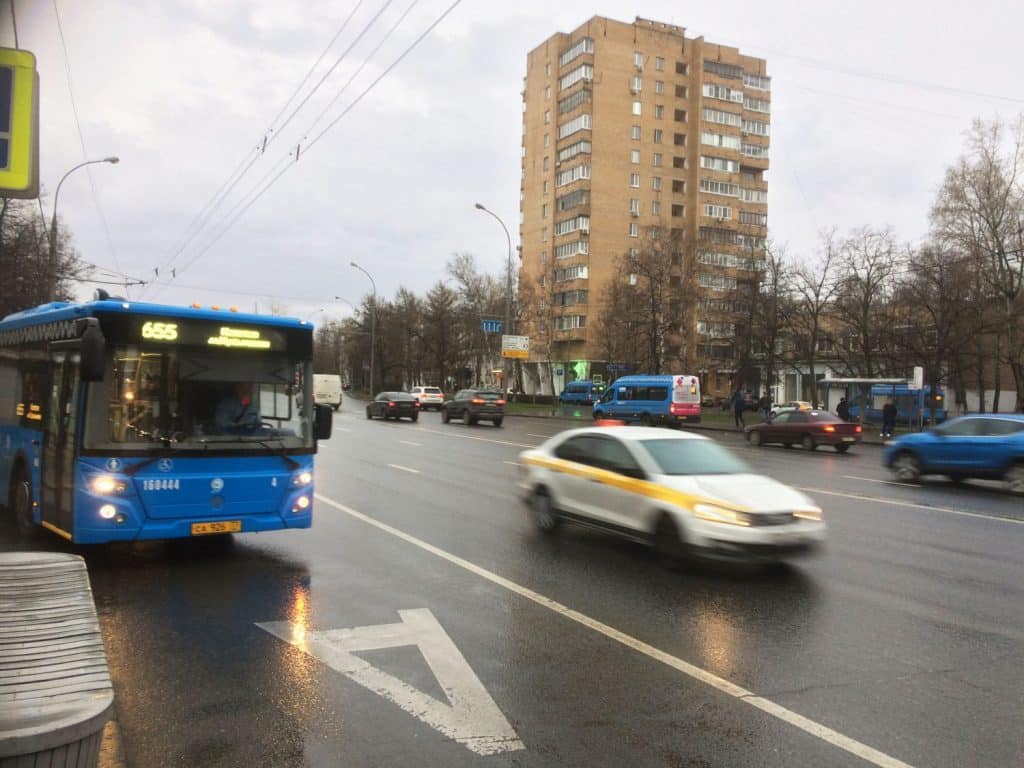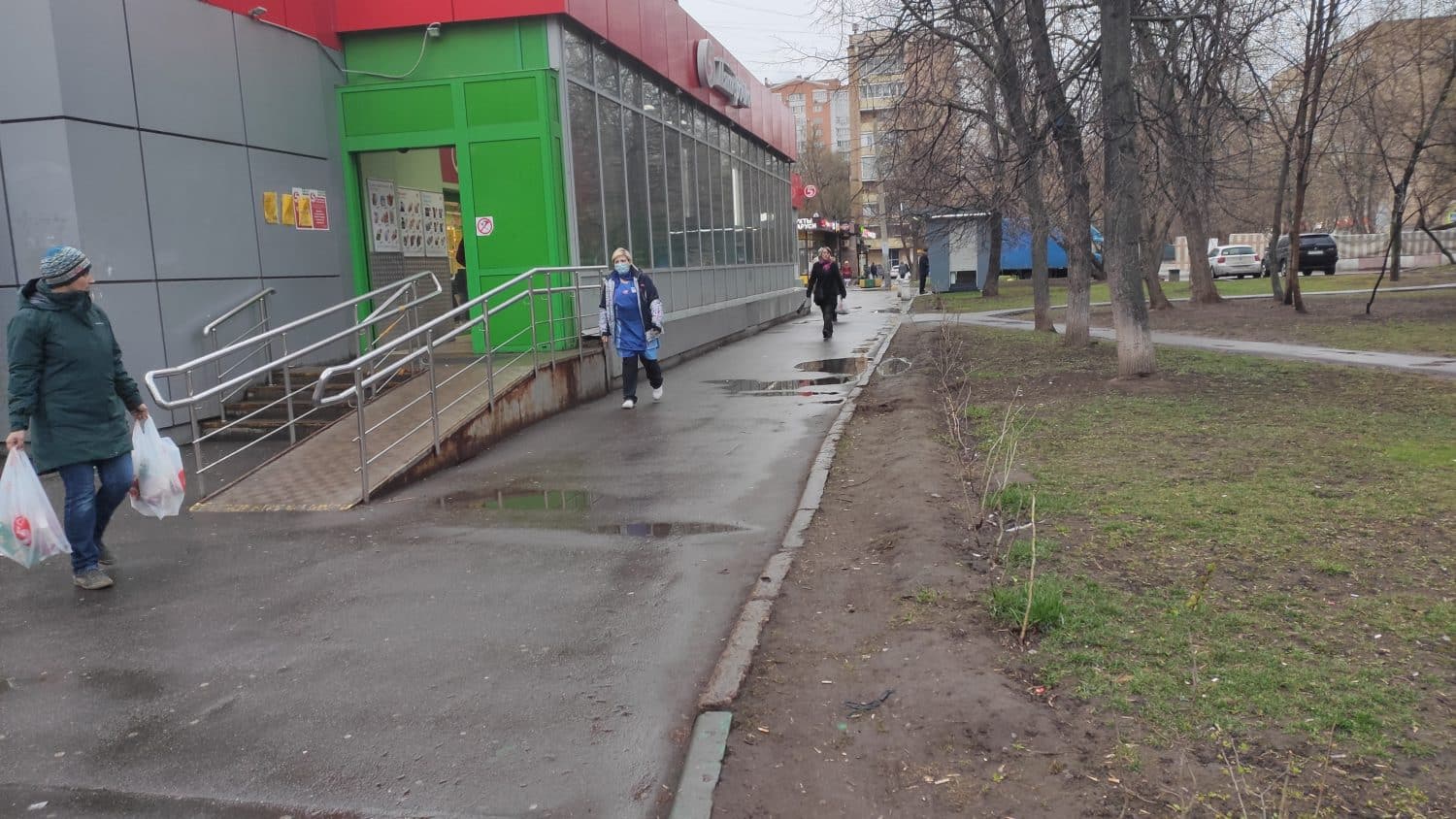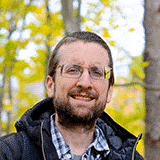The mood in Moscow is calm. We are now entering week four of quarantine.
Measures have been gradually introduced. The initial closing of universities, most schools, cafes, bars, and nightclubs, was announced on March 17 and put into place on March 21. Since then, a similar pattern of broadcast-then-implement has followed with closing parks and playgrounds, other “non-essential” businesses, and now restricting movement by transport via QR codes.
When announced on March 29, the initial “self-quarantine” sounded quite “strict” (a word that has been used in almost all foreign reporting on it). However, the mayor simultaneously announced it would not be actively enforced so long as the majority of Muscovites were observing it voluntarily. Enforcement to date has been decidedly relaxed.
I live near two of Moscow’s major traffic arteries. I’d estimate the vehicle traffic I’ve seen from my window to have averaged around 60% of normal in the first three weeks since the “lockdown.” Yandex Maps’ traffic measurements agree that this holds for most of the city.
A new announcement was made on Friday, April 10th. Starting the 15th, anyone on public or private transport must first, via a city website, obtain a QR code permitting their travel. The related fine for not doing so is 4000 rubles (about $60). For a second offense, it rises to 5000. As of Monday the 13th, 800,000 people have received passes. I’d estimate the traffic outside has dropped to perhaps 30% of normal over the weekend. Again, Yandex Maps seems to agree.

Foot traffic remains largely unregulated. Pedestrians in my neighborhood number maybe 160% of normal. Yandex again seems to agree. Its “Self-Quarantine Index” uses anonymized data from its various, ubiquitous Yandex apps to track how many people are moving around on the street. Although Moscow’s tourist attractions are largely abandoned, residential neighborhoods have experienced what literally feels like a week of Sundays.
These pedestrians are obviously not just walking dogs or going to a store or pharmacy, as officially permitted. Many are just out for air while maintaining social distancing and letting their kids run for a short while. The patrol cars regularly passing by seem altogether unconcerned with them.

The announcement for the vehicular QR codes also said that local foot traffic would not be yet subject to enforcement. Over the last two weeks, only 1500 fines have been issued for not maintaining the mandatory social distancing of 1.5 meters. For a city of 12.5 million, 1500 is an incredibly low number. I’ve seen local police actively pursuing small groups of men that congregate to drink and socialize. I assume this policy is in effect across the city and mostly explains those relatively few fines given.
Grocery stores continue to operate as they always have, contributing to the sense of calm. Although they struggled with increased demand for a time, shelves are mostly full again. Fresh fruits and vegetables, dairy and eggs were never in short supply. Staples like buckwheat, pasta, and flour have returned to their normal shelf space. This has been assisted by a Soviet-era program that mandates a certain amount of food be held in warehouses at all times. Since then, food has continually rotated in and out of these facilities. This has buffered against unexpected increases in demand or drops in supply.

Public transport, although largely empty, also continues to run with the same frequency that it ran before. Groups of street cleaners and city repair crews have remained at work, repainting playgrounds, repairing city pipes, and now disinfecting apartment building staircases and elevators regularly. Many industrial concerns have also been allowed to keep working, although with increased sanitary norms. This has all also helped maintain a sense of normalcy.
Russia’s response to the global health crisis looks very different from that taken by many other countries. In fact, all countries have taken an individual approach to the crisis and on their own time scale. Ukraine, for instance, shut its borders and most of its economy nearly overnight. Germany, meanwhile, opted to slow its economy with increased precautions. Sweden has allowed cafes to remain open, although with decreased maximum occupancies.
Policymakers and think tanks around the world will (hopefully) be busy for the next many years analyzing these different policies, their social and economic contexts, and their effects on local health and economies.
In the meantime, life in Moscow continues. Restrictions are mounting, but are not yet nearly as strict as many other places globally. For now, life is focusing on what can be done within the confines of one’s neighborhood and home and over the Internet. As it turns out, that is actually a remarkable lot…


